Through training programs power is overlooked. However, power is a critical component to all training. When force is generated power is generated. All exercises must be performed with force or the weight will not be moved. The shortest movements i.e. bicep curls, force is still needed to generate fast twitch to curl the weight and complete the repetition.
Physiology of the muscle
Two main fibers through the body are Type 1 and Type 2 fibers. Type 1 fibers are slow twitch and aerobic. Type 2 are fast twitch and anaerobic. The training stimulus will be greater in one direction depending on the style i.e distance running or sprints. Power training falls beneath the Type 2 fibers.
FORCE= MASS X ACCELERATION
By performing power training, the greater the weight will be lifted/moved. Power training simply has the individual applying force at a fast pace to max speed. The greater the acceleration the shorter the period of reaching max speed. Therefore, applying power, acceleration drills through a program is essential to move a greater weight.
Plyometrics are known to many people. However, plyometrics has a wider selection other than jumping on the spot or jumping a distance.
Lower body – S = single leg, D = double leg
Squat Jumps (S & D)
Broad Jumps (S & D)
Box jumps (S & D) – Double leg take off, single leg land
Drop Jumps (S & D) – Dropping down from a platform and jumping vertical once landed.
Bounding (S & D) – Long striding running style
Upper Body
Hand Release Press Ups
Clap press ups
Burpees
Med Ball Throw / med ball horizontal throw
Workout 1
5 Jump Squats
5 Broad Jumps
x5 sets
5 Box Jumps
5 Drop jumps
X5 sets
Workout 2 – EMOM 10minutes
5 Broad Jumps
5 Clap Press Ups
5 Jump Squats
Alasdair Hamilton MSc Sp&Ex Phys, BSc SpSci Instagram: alasdairhamilton


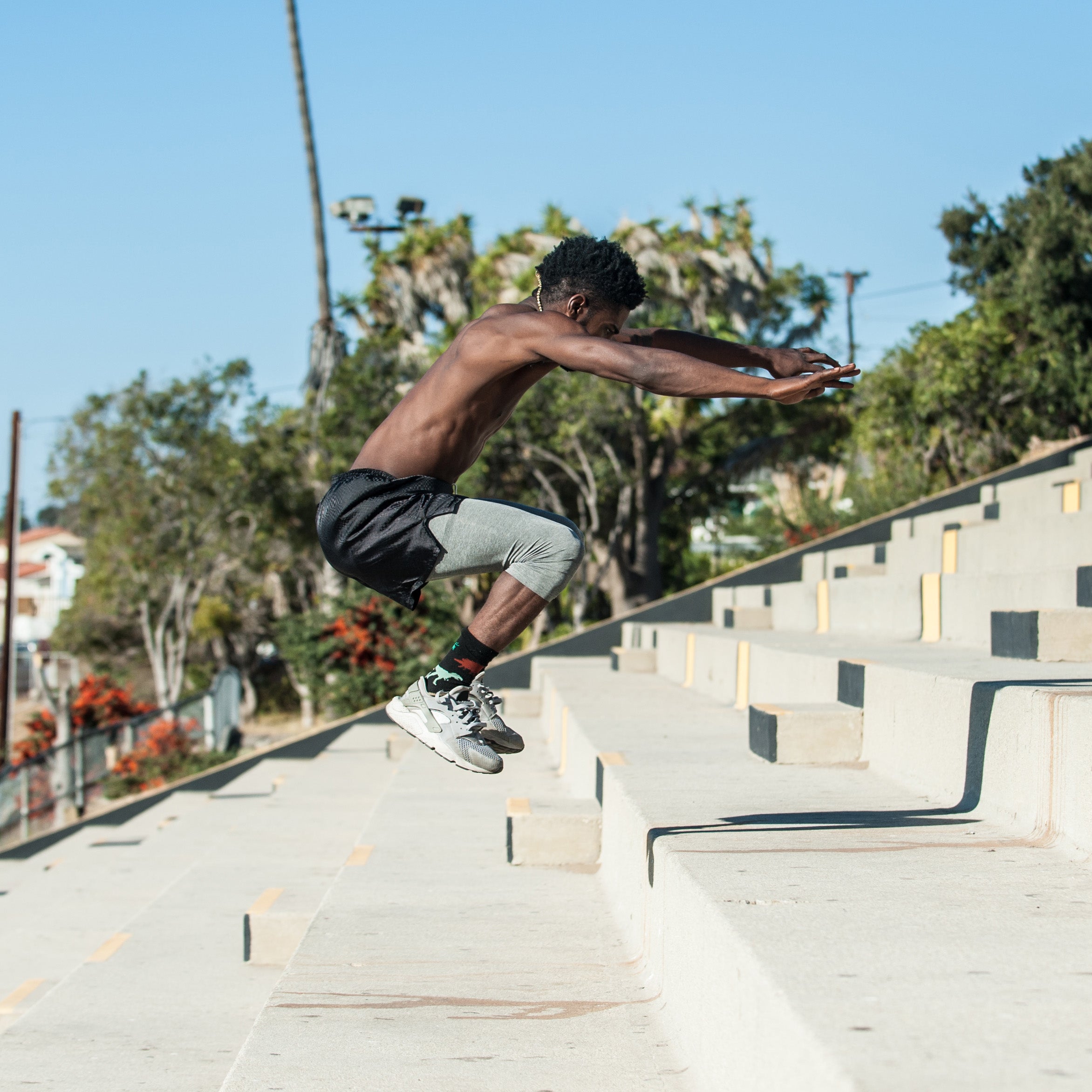



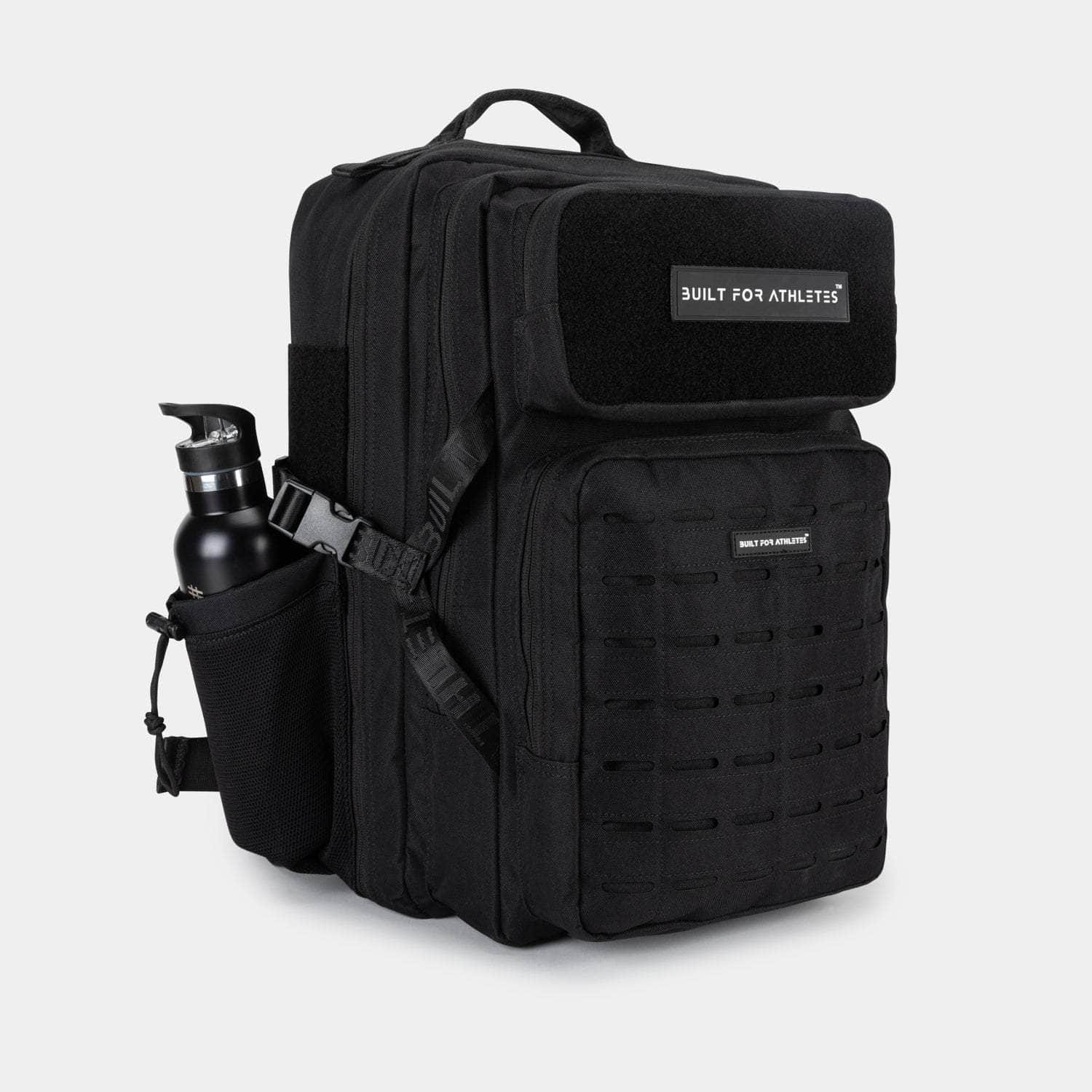





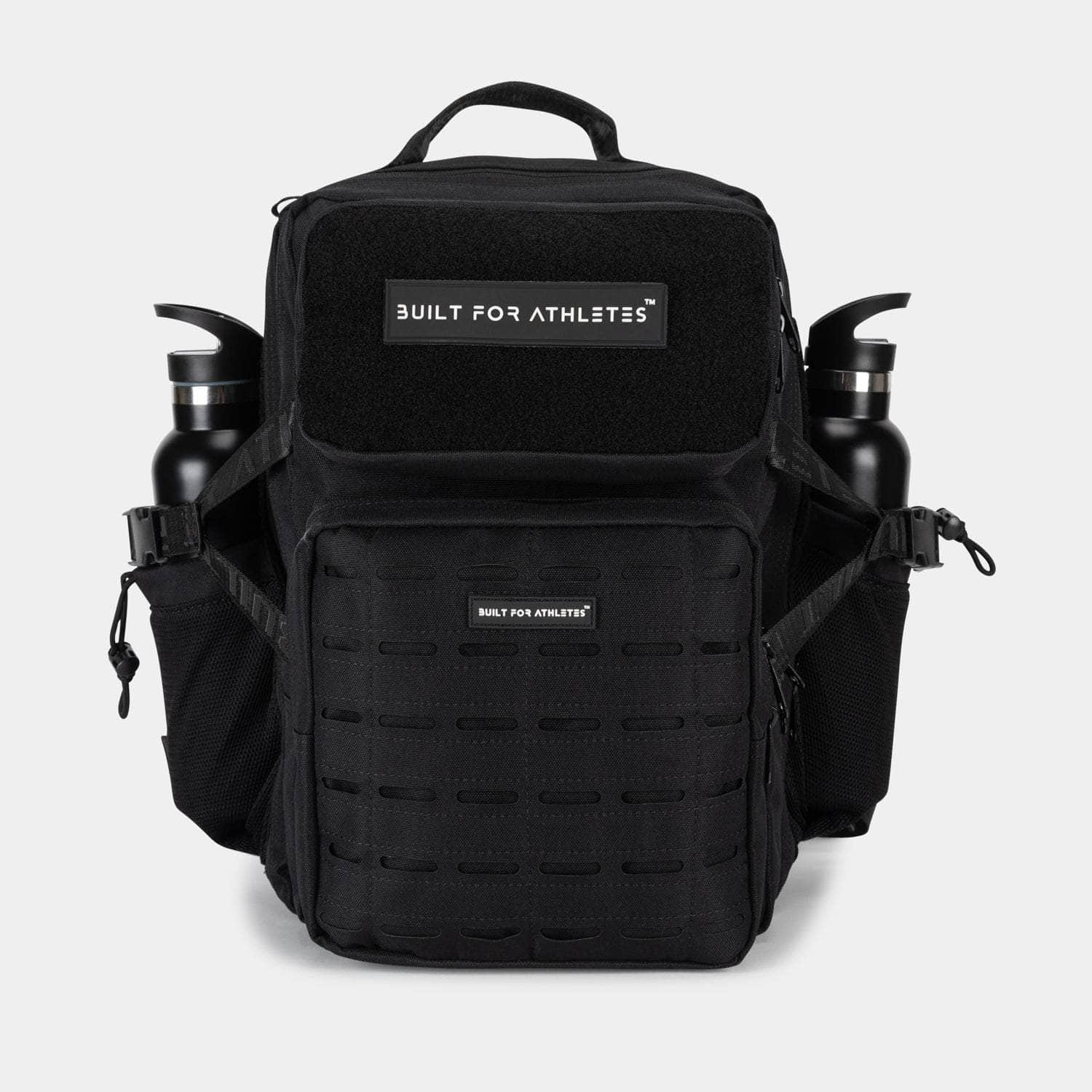







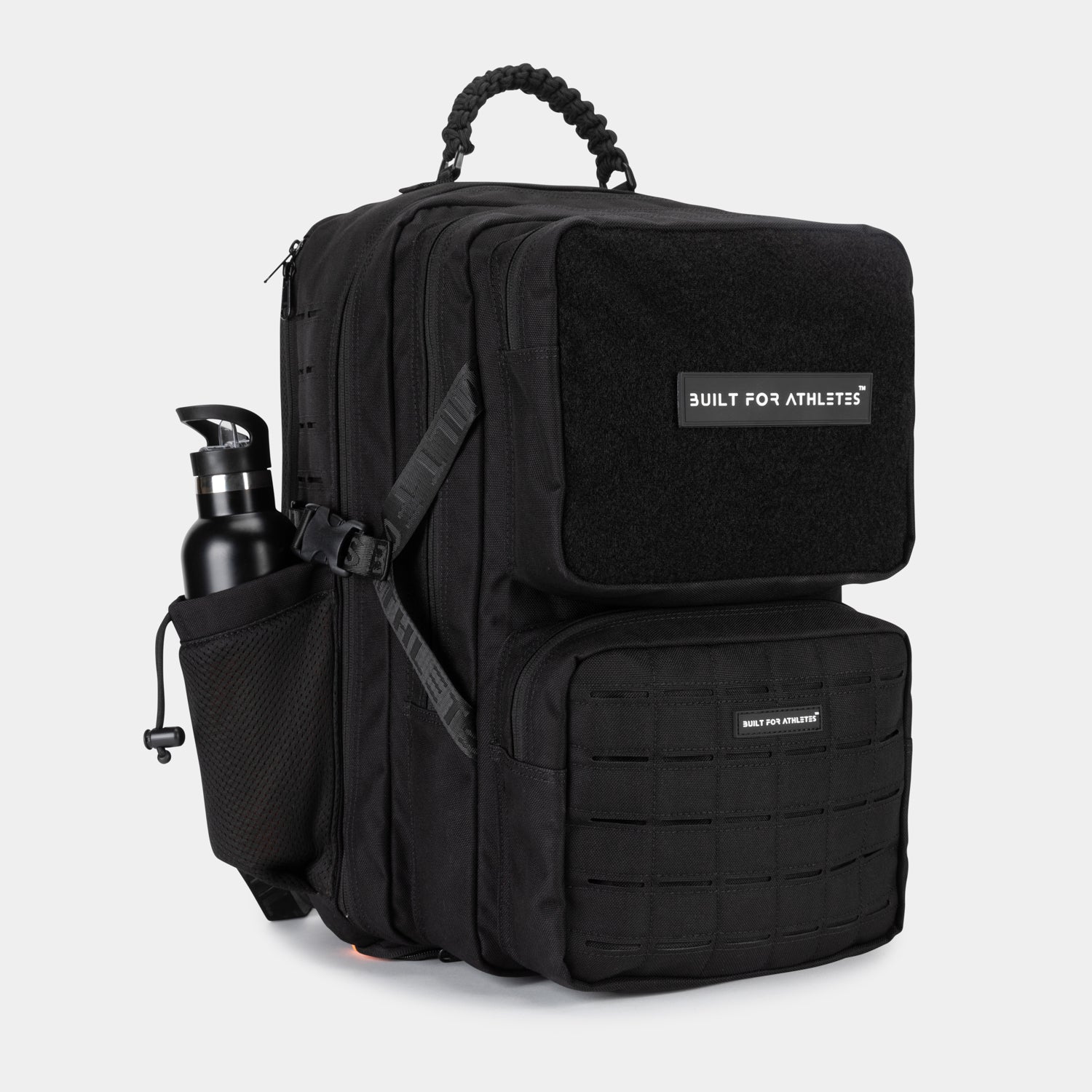










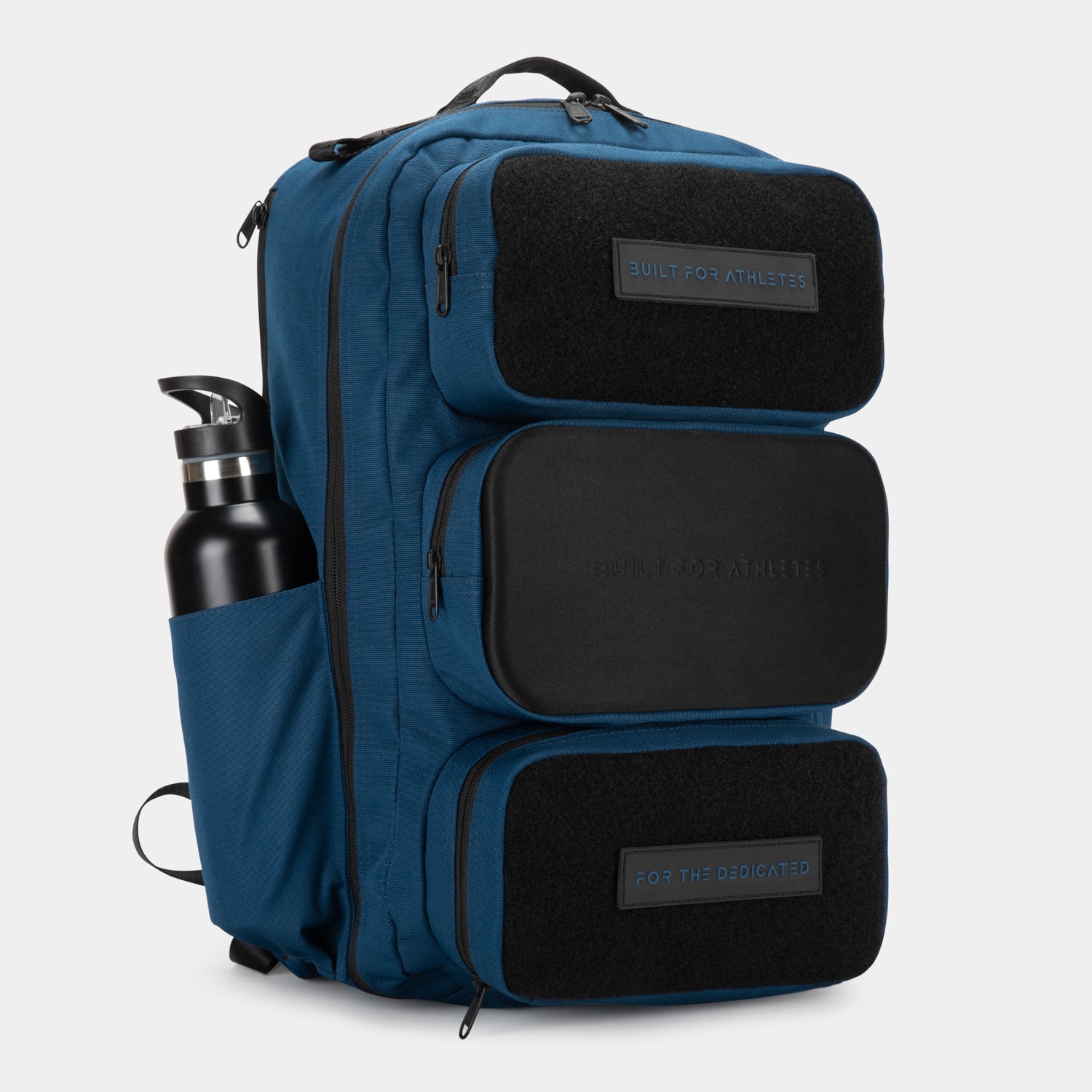

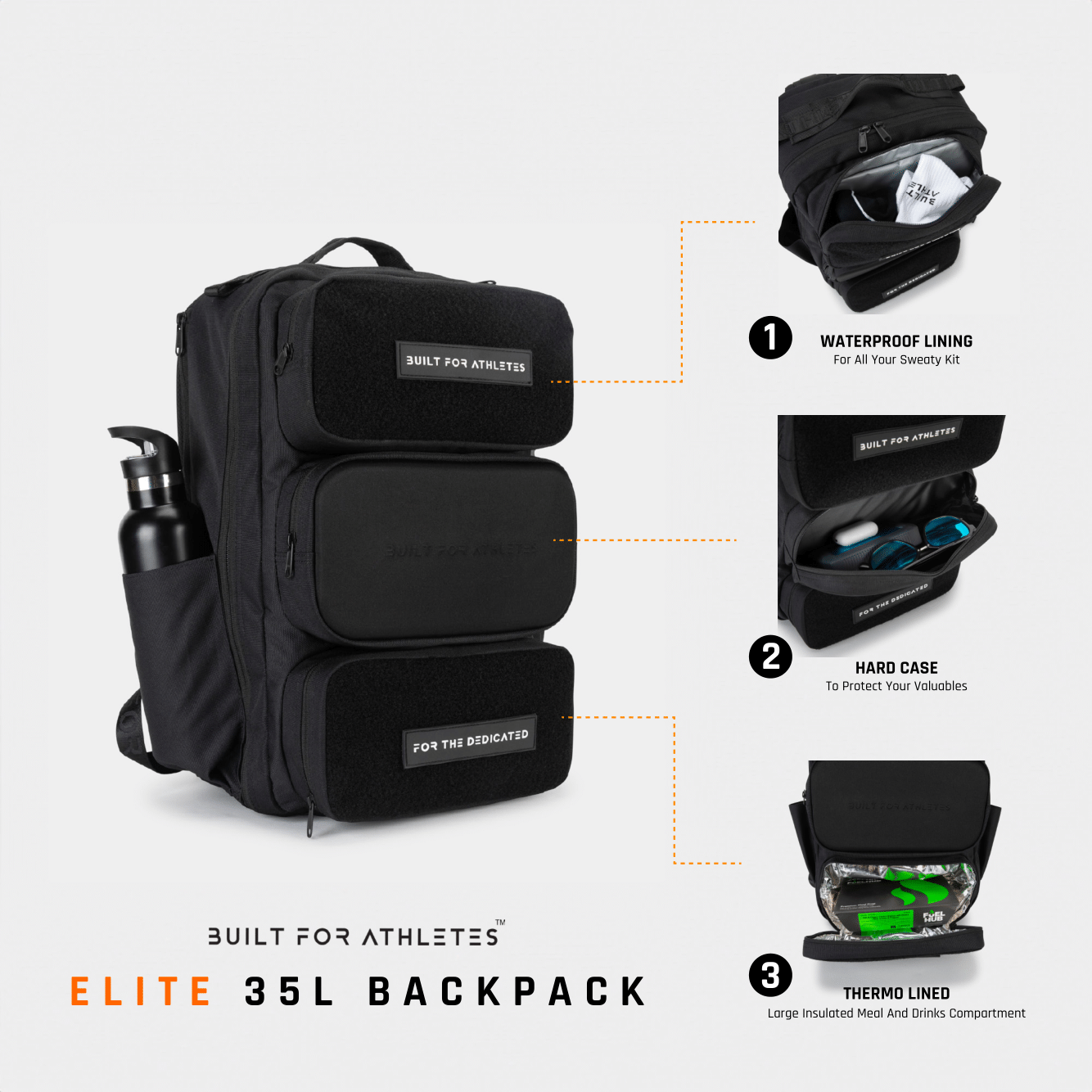










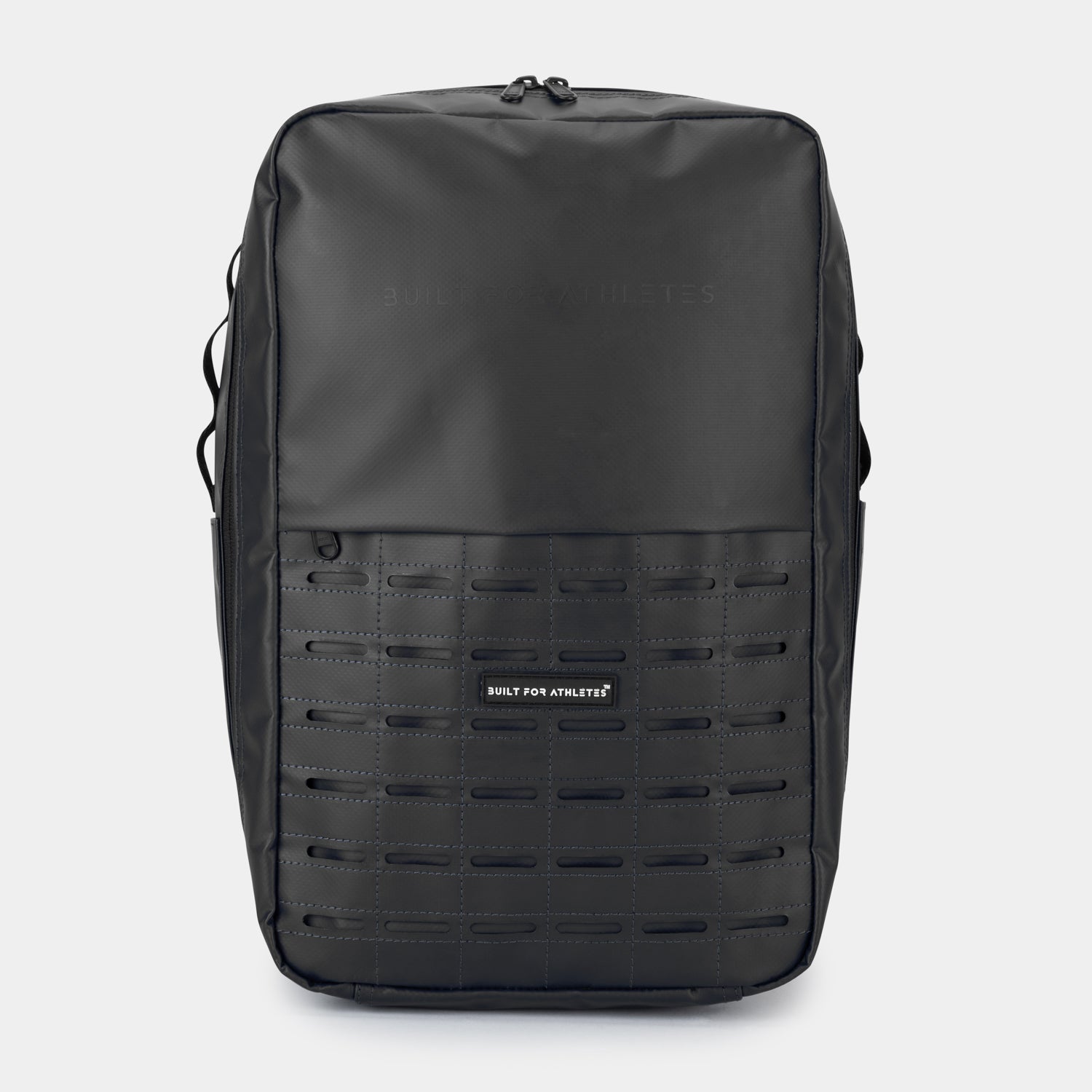
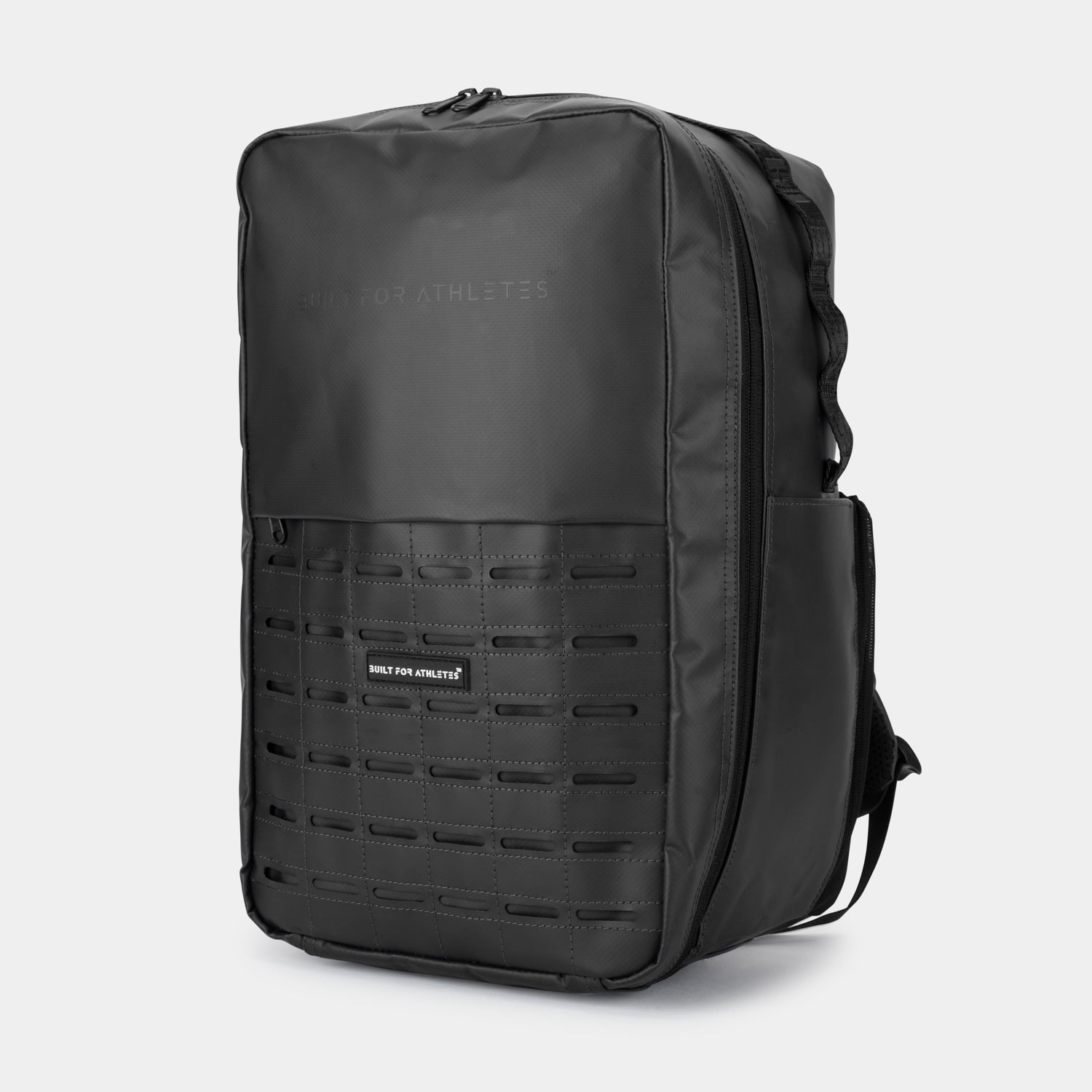











Share:
5 Ways To Manage Your Mental Health During Isolation
7 Inspirational Sports Films